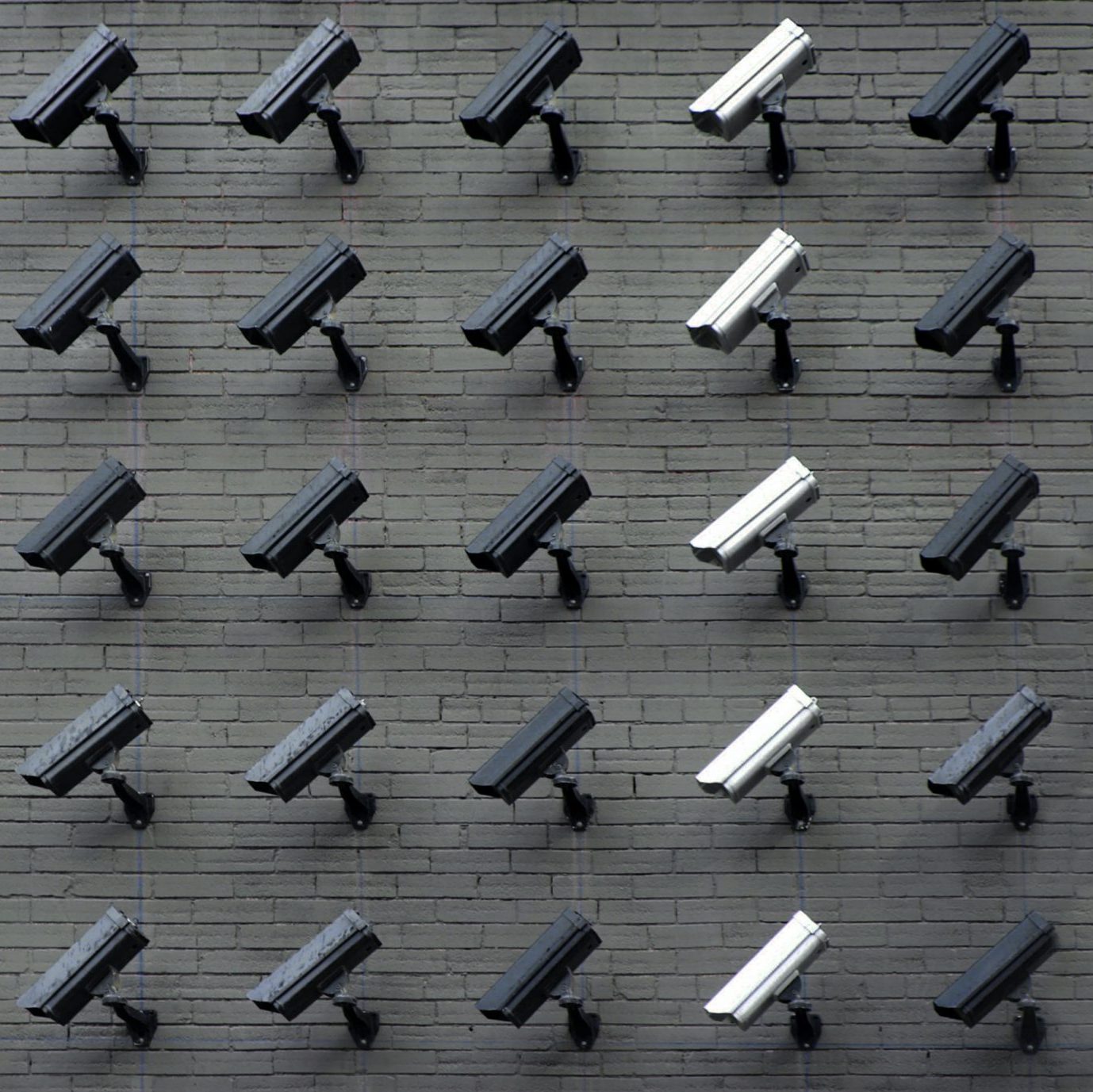
In an increasingly urbanized world, ensuring public safety is a top priority for cities around the globe. Rapid advancements in technology have given rise to innovative solutions that leverage the power of the Internet of Things (IoT) to create safer and smarter cities. In this post, we will explore how smart city solutions are improving public safety and enhancing the well-being of urban communities.
- Intelligent Video Surveillance Systems:
Smart cities employ intelligent video surveillance systems equipped with advanced features such as facial recognition, object detection, and real-time analytics. These systems help law enforcement agencies monitor public spaces, identify potential threats, and respond swiftly to incidents. By leveraging AI-powered algorithms, video surveillance can detect abnormal behavior patterns, unauthorized access, or unusual crowd movements, enabling authorities to take proactive measures to maintain public safety.
- Connected Emergency Response Systems:
Smart city solutions integrate emergency response systems to enable quick and efficient responses during critical situations. By leveraging IoT technologies, emergency services can receive real-time information from various sensors and devices deployed across the city. For instance, smart sensors can detect fire, gas leaks, or traffic accidents and immediately trigger an alert to emergency services, enabling them to respond promptly and effectively.
- Intelligent Traffic Management:
Traffic congestion not only leads to inconvenience but also poses risks to public safety. Smart city solutions employ IoT-based traffic management systems that utilize real-time data from sensors and cameras to optimize traffic flow. By dynamically adjusting traffic signals and providing alternate routes, these systems reduce congestion and minimize the chances of accidents. Moreover, smart traffic management systems can prioritize emergency vehicles, ensuring their swift passage during critical situations.
- Environmental Monitoring:
Public safety extends beyond traditional security concerns. Smart city solutions also address environmental factors that impact the well-being of residents. IoT-enabled environmental monitoring systems measure air quality, noise levels, and pollution levels. By collecting and analyzing this data, cities can identify areas with high pollution, noise hotspots, or potential health hazards. This information empowers authorities to implement targeted measures to improve public health and safety.
- Citizen Engagement and Mobile Applications:
Smart city solutions foster citizen engagement by providing mobile applications that enable residents to report incidents, access safety information, and receive real-time alerts. By empowering citizens to actively participate in public safety efforts, cities create a collaborative environment that enhances overall security. Citizens can provide valuable information, report suspicious activities, and receive emergency notifications, contributing to a safer and more vigilant community.
Smart city solutions are revolutionizing public safety by harnessing the power of IoT technologies. By leveraging intelligent video surveillance, connected emergency response systems, smart traffic management, environmental monitoring, and citizen engagement, cities can create safer and more resilient communities. These innovative solutions enable authorities to proactively detect, respond to, and mitigate risks, ultimately improving public safety and enhancing the quality of life for urban residents. As cities continue to embrace smart city initiatives, we can look forward to even greater advancements in public safety and the well-being of our communities.


Leave a Reply